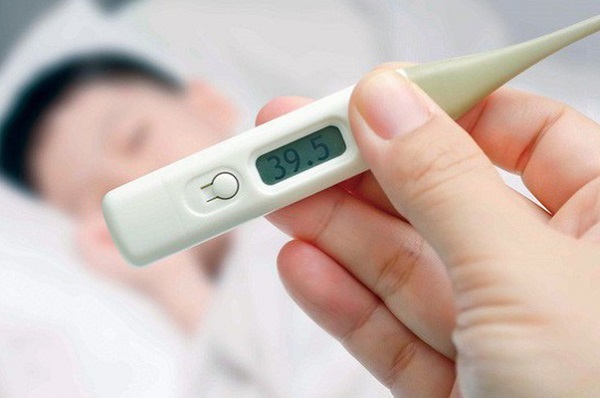How to get pregnant with irregular periods?
Despite the lower conception rate, women with irregular menstrual cycles can completely get pregnant with treatment and using an ovulation test kit.
Irregular menstruation is a menstrual cycle that is shorter than 21 days or longer than 36 days. Besides, if the menstrual cycle between months has a significant change such as 23 days in one month, 35 days in another month is also considered irregular.
Some studies have shown that women whose menstrual cycles vary by 5 days or more are more likely to be infertile than those who are 1-2 days apart. If the condition exceeds twice a year, women need to see a doctor for a timely diagnosis.

Irregular menstrual cycles make it difficult to determine when you ovulate.
Causes of irregular periods
Hormonal imbalance is the leading cause of menstrual disorders. In addition, irregular periods can be caused by some of the following conditions:
The phenomenon of not ovulating
It is a hormonal disorder of the menstrual cycle in which a mature egg cannot leave the ovary. In this case, medical intervention is required to stimulate ovulation.
Polycystic ovary syndrome (PCOS)
Polycystic ovaries affect one in eight women of childbearing age. This is also a factor in menstrual irregularity. Women with PCOS also have a higher risk of miscarriage.
Thyroid disease
Abnormalities in the thyroid gland can also cause menstrual irregularities. Some symptoms of thyroid disease: weight loss, trouble sleeping, fatigue, unexplained anxiety or depression.
Increased blood prolactin
Prolactin is a hormone primarily responsible for stimulating the breasts to produce breast milk. Therefore, the manifestation of hyperprolactinemia is usually irregular menstruation even without a period, lactation even though not pregnant or breastfeeding.
Other symptoms that may occur include breast swelling or tenderness, breast milk secretion from the nipple, or burning pain during sex.
Premature ovarian failure
A condition in which the ovaries decline in function before the age of 40. Women with premature ovarian failure often have irregular menstrual periods, menstruating several times a year, hot flashes, night sweats, and vaginal dryness. religion, decreased sexual desire.
Treatment of irregular menstruation
Use supportive medicine
If irregular periods are caused by not ovulating, your doctor may prescribe fertility drugs to help promote ovulation. Even if the patient has ovulated, but ovulation is irregular or occurs very late in the monthly cycle, fertility treatments will be applied.
The doctor may give the patient some fertility drugs that stimulate ovulation. These drugs help follicles develop and treat ovulatory dysfunction.
If menstrual irregularities are caused by primary ovarian failure, fertility treatment options may be limited. In many cases, women with premature ovarian failure will have to undergo in vitro fertilization (IVF) with donor eggs.
Frequent “love”
Women with irregular menstrual cycles find it difficult to pinpoint the exact date of ovulation. Therefore, having sex with more frequency (3 – 4 times / week) will help couples not to miss ovulation.
Lifestyle change
In addition to using drugs and increasing the frequency of “love”, lifestyle changes such as losing weight, resting in moderation, avoiding stress, fatigue… are also ways to increase fertility.
Women with irregular menstrual cycles can use an ovulation test kit. However, sometimes rapid tests also give “false positive” results. This is more common in women with polycystic ovary syndrome (PCOS).
Another way to estimate when you’re ovulating is to chart basal body temperature (BBT) and cervical mucus, or do an ovum ultrasound. This method has higher accuracy.
Bao Bao (According to Very well family)
at Blogtuan.info – Source: vnexpress.net – Read the original article here



